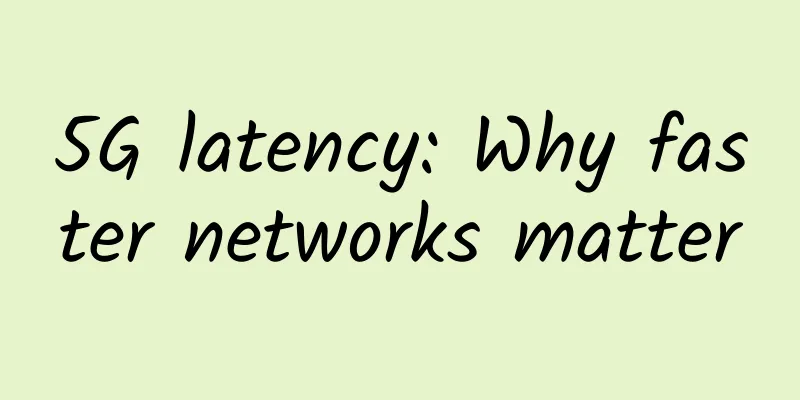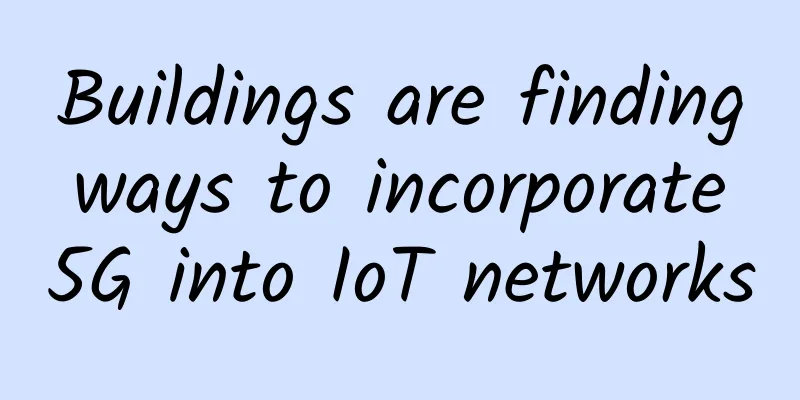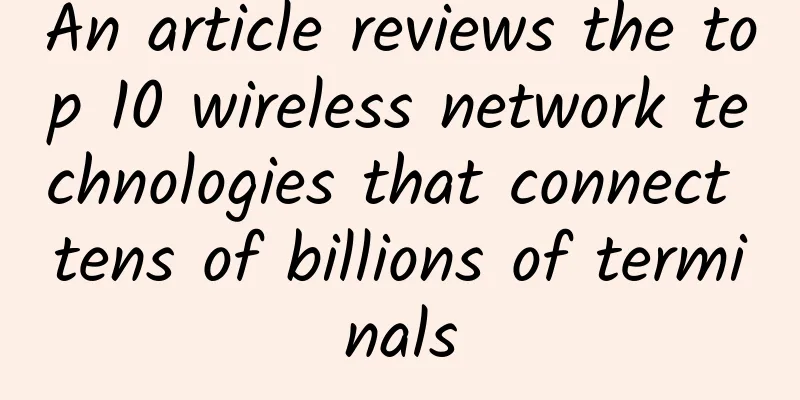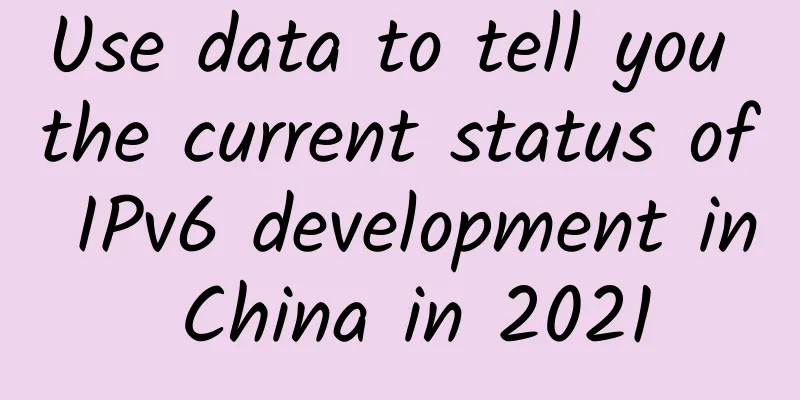5G latency: Why faster networks matter

|
When you look at your mobile network or home broadband, you know it's important to check data speeds for app downloads and video uploads. What you may not know is that a more obscure speed measurement called latency is also important. Latency is a measure of responsiveness, and low latency is a fundamental part of new possibilities on 5G networks, such as online gaming, which was technically difficult on earlier mobile networks. Latency is a growing concern in the 5G era, so now’s a good time to get up to speed, too. Improve your knowledge with this FAQ.
What is latency?Latency measures how long it takes for your phone to send a message and get a response. Lower latency supports fast-response interactions, which is why gaming is such an important example. No one wants to turn a virtual steering wheel or pull a virtual trigger and then see anything happen after an awkward delay that could end the game. Some people define latency as the time it takes for your phone to get a response from the cell tower on the other end of its radio link. A more useful metric also takes into account how long it takes for your data to travel over the mobile network to its destination on the internet and back. The latter results in higher latency numbers, but is also more realistic because that's how we actually use mobile networks. The apps our phones interact with are hosted on a server somewhere, not in a cell tower. Peter Linder, head of 5G marketing at network equipment maker Ericsson, likened the magnitude of the low-latency change to Amazon's transformation over the past two decades. Amazon started out with just one book warehouse, but the company was able to expand its sales because it moved fulfillment centers closer to customers and slowed delivery all the way down to same-day shipping. That means you can get more stuff with Amazon. Similarly, low latency makes the network more adaptable. What does low latency achieve?In principle, low-latency 5G networks open up many new possibilities for services that require near-instant response times. This includes telemedicine, augmented reality headsets and communications that allow self-driving cars to talk to each other and connect to efficient platoons. In reality, these applications are distant possibilities at best. "No one is going to do robotic surgery. Self-driving cars will never be controlled by 5G," said Bob O'Donnell, an analyst at Technalysis Research. Local surgeons will be cheaper than high-end robotic equipment operated by remote surgeons, and cars will need to communicate directly because networks are slow and far from ubiquitous. But some low-latency tasks aren't just sci-fi. A multiplayer game running on your phone requires fast response times to keep up with other gamers. Games streamed through cloud computing services like Nvidia GeForce Now or Google Stadia also require high-speed links. Remember, 5G is for "fixed wireless" broadband connections connected to your home, not just the mobile network connections that connect to your phone. Even web surfing benefits from low latency because so many websites are made up of resources fetched from dozens of different servers. What is the latency on mobile networks?Often faster than the blink of an eye. Third-generation mobile networks -- 3G to you and me -- have latencies of hundreds of milliseconds, or a significant fraction of a second. 4G networks started out with latencies of about 100 milliseconds, and are now down to about the 30 to 70 millisecond range, Linder said. That's getting closer to the theoretical 4G latency of just 10 milliseconds. For 5G networks, “we’re already seeing networks creeping into the single digits,” with a good network being around 5 milliseconds to 20 milliseconds, Linder said. But that's just the delay for today. The ultimate goal for 5G is set by an industry group called 3GPP (3rd Generation Partnership Project), and the hope is that improvements to 5G networks will eventually reduce latency all the way down to 1 millisecond. How do I find my network latency?This used to be hard to tell, but latency is now displayed on internet speed test sites like Ookla's Speedtest (look for the "ping" measurement) and Netflix's Fast.com (click or tap the "Show More Info" button). I like Cloudflare's speed test site the best, though, because it also shows jitter, which is the variation in latency over several tests. Lower jitter is good because it means your network is more reliable. Keep in mind that these latency metrics are useful, but also simplistic. They're usually just basic connection requests to a server, called pings (a term that comes from the sonar pings you hear on a submarine). Real-world communications are much more complex than pings, with games, video chats, or other applications requiring much more data and processing. Also, the server on the network receiving the ping signal may be closer than the real server you're reaching for with your phone. When will 1ms latency be achievable?Don't hold your breath. “I’d say 10 years, if we’re lucky, we’ll need 1 millisecond for 5G,” said Mike Eddy, vice president of corporate development at radio technology company Resonant. “Latency is one of the most difficult and complex topics. People think there’s a silver bullet, but there really isn’t.” What do a few milliseconds of latency mean in the real world?If the network is to keep up with the human nervous system, it has to respond quickly. If the data transmitted to the augmented reality headset does not arrive quickly, people will get headaches because what they see will lag behind their head movements. Jane Rygaard, head of Nokia's private wireless network, said that if the device also has haptic feedback, it must be synchronized with what we see within 7 milliseconds. This human-machine link could be important for an engineer doing repairs using an AR headset that overlays information about the work, or for a driver following AR instructions to pick up a container at a crowded port. Indeed, industrial uses are important, as companies use their own private 5G networks to monitor equipment in ports, mines and airports. Equipment maker Nokia already has 290 such customers. Vehicle-to-vehicle communications — V2V is part of C-V2X automotive communications technology — also require fast responses for some completely different driving techniques. For example, the latency for vehicles to coordinate into a platoon is just 1.5 milliseconds, said Jim Misener, who leads Qualcomm's V2X work. Why did we have to wait so long for low-latency 5G?Because there’s more equipment that needs to be upgraded than just the radio link between a 5G phone and a local cell tower. That includes upgrading cell towers' connections to the carriers' "core network," and that network's connection to the internet. Today’s cell towers typically use a technology called non-standalone (NSA) networks, which is a hybrid of 4G and 5G. This enables 5G’s fast data speeds over the phone’s radio link, but still has 4G limitations that govern network operation. The upgrade to 5G standalone (SA) technology excludes slower 4G devices from 5G connections. In the US, T-Mobile began its move to a standalone network in 2020 and likes to tout its advantages over AT&T and Verizon. "We are the only company launching a SA network in the U.S.," said Neville Ray, president of technology at T-Mobile, adding that SA is necessary for low latency and experience. So it costs a lot of money for telcos to really achieve low latency?Yes, those capital expenditures are big — U.S. operators’ network investments are estimated at $69 billion in 2021, according to GlobalData. "Everywhere that cell tower connects to the core network has to be upgraded. That takes a long time," O'Donnell said. But it's not just telecom giants. Cloud computing companies including Amazon Web Services, Microsoft Azure and Google Cloud are also investing in data center equipment close to telecom networks to enable faster communications links. This decentralization, usually at the level of major metropolitan areas, means faster response times for people in urban areas. "Every 100 miles of fiber adds 1 millisecond of latency," Lind said. New standards work is also underway. Today’s standalone technology, 5G, was standardized in 2019 through 3GPP Release 15, but Release 16 is on its way to market and Release 17 is under development and expected to be completed in 2022. The standard that will benefit is called Ultra-Reliable Low-Latency Communications (URLLC), which is designed to guarantee a super-responsive network. This is most useful for running business functions such as factory equipment. URLLC allows telecom companies to upgrade using a technology called network slicing, which dedicates specific resources to URLLC and other specific uses. John Smee, Qualcomm vice president of engineering, said more gains should come from 3GPP standards with Releases 18, 19 and 20, collectively known as 5G Advanced. Lower latency there could help cars communicate with pedestrians’ phones and let phones use artificial intelligence services running on powerful cloud computing machines, he said. |
>>: Three-minute review! A quick overview of 5G industry development trends in July 2021
Recommend
Qianjia Viewpoint | Simplifying Smart Cities
Challenges facing smart cities When designing a s...
What is Industrial Ethernet? What are its advantages?
Industrial Ethernet is an industrial network deve...
Little-known trick! How to draw a standard square in Excel
I turned on my computer and opened my beloved Exc...
From "Crossing the Chasm" to talk about bridging the gap of Industry 4.0
【51CTO.com Quick Translation】 Geoffrey Moore'...
Screen unlocking technology + 48MP ultra-wide-angle AI triple camera, Huawei Enjoy 10S in-depth review
I don’t know when it started, but when people men...
Story: Tang Sanzang's journey to the west: the whole process of network communication
In the first year of Zhenguan, Xuanzang formed a ...
PQHosting: 1Gbps unlimited traffic large hard disk VPS in the Netherlands starting at 3.77 euros per month
"PQ HOSTING PLUS" SRL is a foreign host...
Differentiate switches based on network coverage
As the number of switches increases, there are ma...
"Have you eaten?" | A tragic experience of a message
[[405615]] After get off work, you feel empty and...
DiyVM: Hong Kong CN2 line VPS 50% off, 2G memory package monthly payment 50 yuan
The tribe often shares information about DiyVM. T...
Wi-Fi 6 is here! Wireless veteran explains the next generation of Wi-Fi
[[263958]] Why is it called Wi-Fi 6? Each new Wi-...
Is 2021 really the first year of 5G toB?
"Do you still believe in the light?" Th...
Let’s talk about connecting industrial protocols and the cloud
Industrial protocols are communications between i...
[Black Friday] DesiVPS: 1Gbps unlimited traffic high-security VPS annual payment of $26.99, free IP change once a month, Los Angeles data center
DesiVPS also sent out a Black Friday promotional ...
What is 5G IoT and how will it change connectivity?
[[349454]] 5G will fundamentally change the way o...









